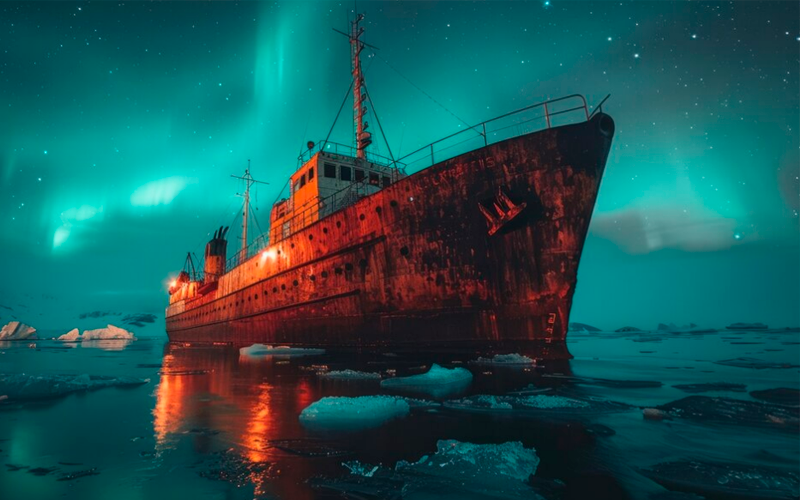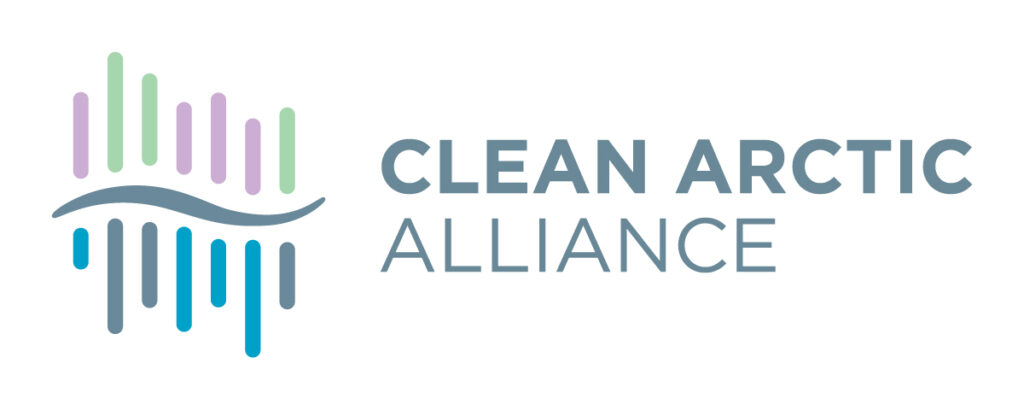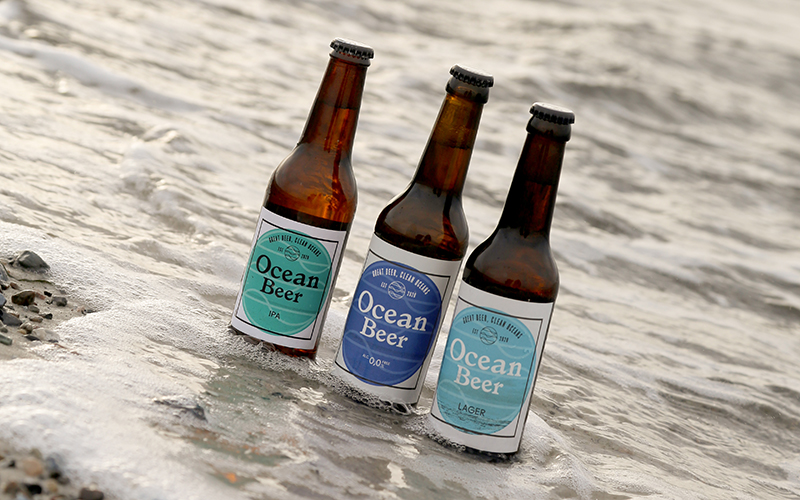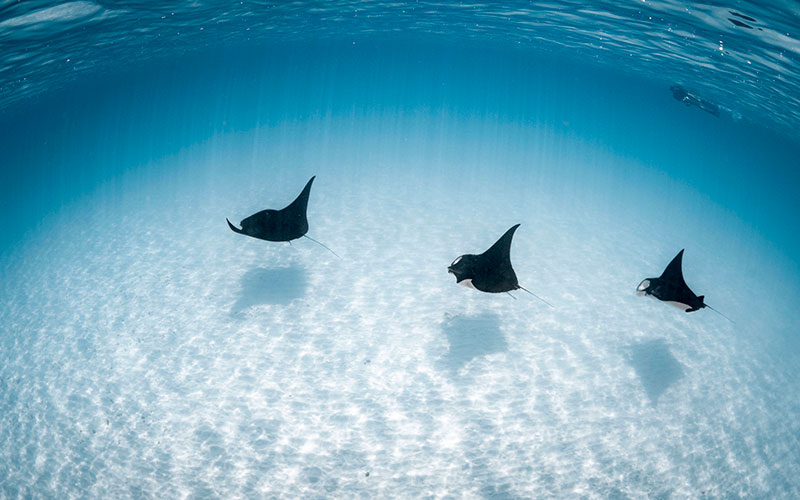Black carbon (BC), the sooty black material emitted from burning heavy fuel oil (HFO), presents a special threat in the Arctic where it dramatically speeds up the melting of ice. Whereas clear, white snow and ice repeal heat from the sun’s waves, darkened, soot-covered surfaces absorb more heat and melt at an accelerated pace. This is especially concerning as Arctic Sea ice is already disappearing much faster than climate models predicted (three-times faster than the global average). The good news is that there is plenty of opportunity for impact. Black carbon remains in the atmosphere for two weeks or less, so any level of reduction would produce near-immediate results.
We are proud to support the Clean Arctic Alliance, through its leading member organization, Seas at Risk, in their initiative to generate a groundswell of support to minimise the effect of shipping climate pollution and its impact on the Arctic and its sea ice, ecosystems, communities and wildlife. The Alliance plays a critical role in raising awareness of the urgency of addressing the climate impacts of Arctic shipping, in advocating for policies that would reduce BC emissions on regional and national levels, and in funding initiatives aligned with the Paris Agreement’s goal of limiting warming to 1.5 ºC.

Clean Arctic Alliance is a coalition of 20 non-profit organisations working together to persuade governments to take action to protect the Arctic, its wildlife and its people. Since its foundation in 2016, the group has published several consequential reports and lobbied international governments to improve environmental standards and conserve the Arctic. We have partnered with them in both 2022 and 2023 to promote the urgency of eliminating black carbon emissions from the Arctic.
GET INVOLVED
Add your support to the initiatives of the alliance!
LEARN MORE:
- Recent News: Clean Arctic Alliance has started The Arctic Ocean Action initiative in response to the increasing pressure on the Arctic region by the climate crisis. The campaign urges organisations and individuals to support their call to action, of which we are proud signatories.
- Follow updates in the Arctic space by watching their informative webinars.





